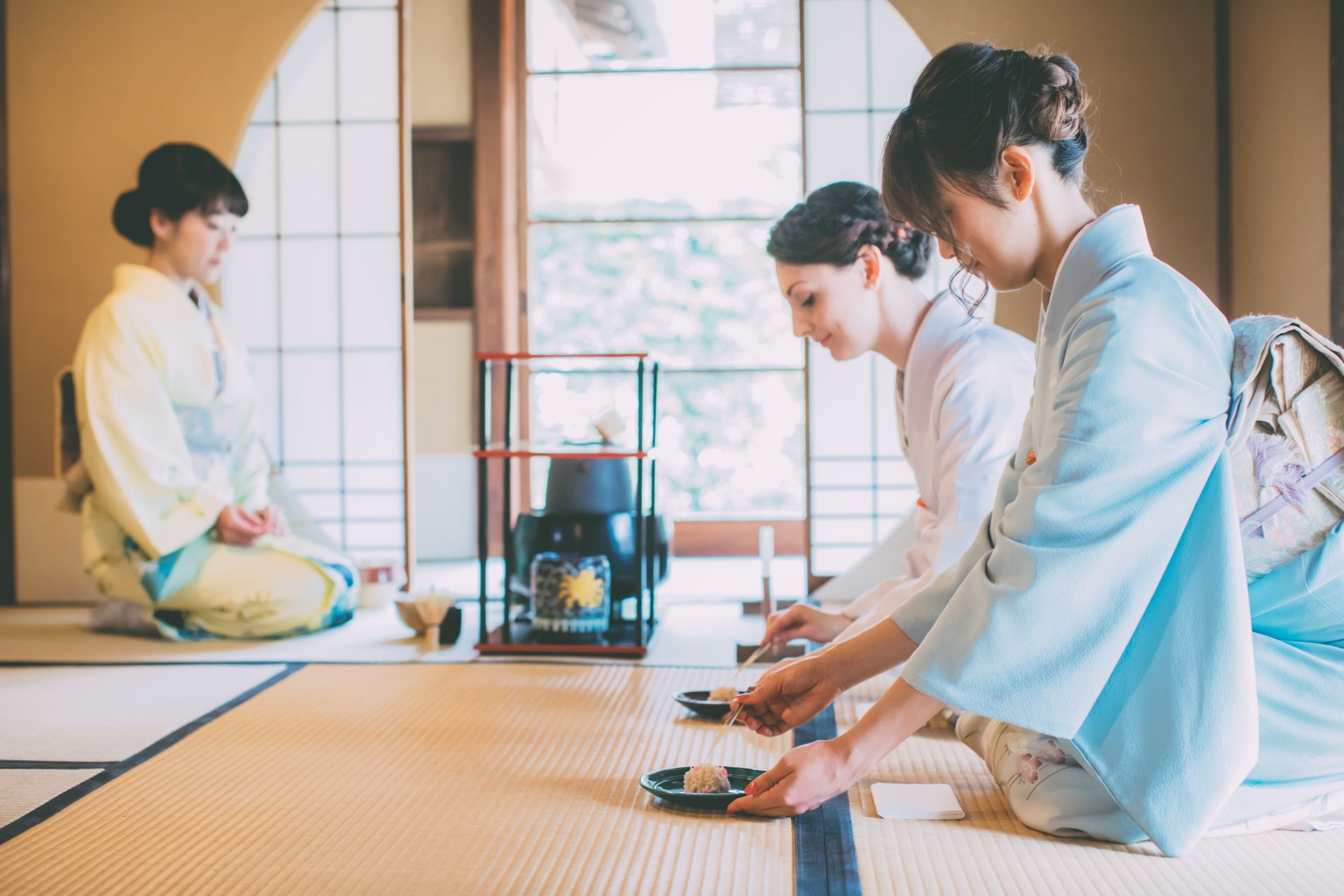vacationhavenhome.com – Kimbap (also spelled gimbap) is one of South Korea’s most beloved and versatile dishes. Often compared to Japanese sushi rolls, kimbap has a unique identity that reflects Korea’s rich culinary heritage. Its vibrant appearance, delightful flavors, and portability have made it a staple for picnics, lunchboxes, and quick meals.
Origins and Cultural Significance
The origins of kimbap are somewhat debated. Some believe it was inspired by Japanese sushi during the colonial period, while others argue that rice and seaweed combinations have long existed in Korean cuisine. Regardless of its roots, kimbap has evolved into a distinctly Korean dish that embodies simplicity, creativity, and health-conscious eating.
The name “kimbap” is derived from two words: “kim” (seaweed) and “bap” (rice), underscoring its essential ingredients.
Ingredients and Variations
One of the charms of kimbap is its endless customization. The traditional version includes:
- Rice: Seasoned with sesame oil and a pinch of salt.
- Seaweed Sheets: Used to wrap the filling.
- Fillings: Common options include spinach, carrots, pickled radish (danmuji), and egg strips. Protein choices range from beef bulgogi and ham to crab sticks.
Popular Variations
- Vegetarian Kimbap: Filled with an assortment of fresh and pickled vegetables.
- Cheese Kimbap: Incorporates cheese for a creamy twist.
- Tuna Kimbap: Features seasoned tuna for a savory flavor.
- Mayak Kimbap: A smaller, bite-sized version known as “drug kimbap” because of its addictive taste.
How to Make Kimbap
Making kimbap at home is both fun and rewarding. Here is a simple step-by-step guide:
- Prepare the Ingredients: Cook and season rice, stir-fry vegetables, and prepare protein fillings.
- Lay the Seaweed: Place a sheet of seaweed shiny side down on a bamboo mat.
- Add Rice: Spread a thin layer of rice evenly over the seaweed, leaving a small edge at the top.
- Arrange Fillings: Lay your chosen fillings horizontally across the rice.
- Roll the Kimbap: Use the bamboo mat to tightly roll the kimbap, pressing gently to form a compact roll.
- Slice and Serve: Cut the roll into bite-sized pieces and serve with pickled radish or dipping sauces.
Serving Suggestions and Enjoyment
Kimbap is typically served at room temperature and pairs well with simple sides such as kimchi or miso soup. It’s a perfect dish for outdoor picnics, office lunches, or even as a party appetizer.
Kimbap vs. Sushi: Key Differences
While kimbap and sushi look similar, they differ in several ways:
- Rice Seasoning: Sushi rice is flavored with vinegar, while kimbap rice is seasoned with sesame oil.
- Fillings: Kimbap often uses cooked or pickled ingredients, while sushi commonly includes raw fish.
- Flavors: Kimbap tends to have a sweeter and nuttier flavor profile compared to sushi.
Cultural Impact and Global Popularity
In recent years, kimbap has gained international popularity due to the global rise of Korean cuisine and culture. It has become a must-try item in Korean restaurants worldwide and is frequently featured in food vlogs and cooking shows.
Conclusion
Kimbap is more than just a simple rice roll—it’s a symbol of Korean culinary creativity and tradition. Whether enjoyed as a quick snack or a centerpiece of a meal, this delicious and colorful dish offers endless possibilities for food lovers. Try making it at home or sampling it at an authentic Korean restaurant to experience the magic of kimbap firsthand.





